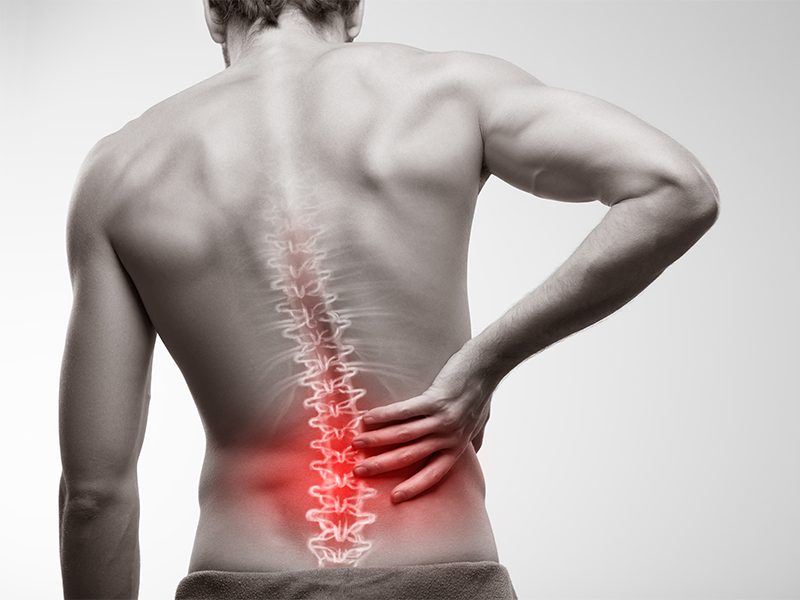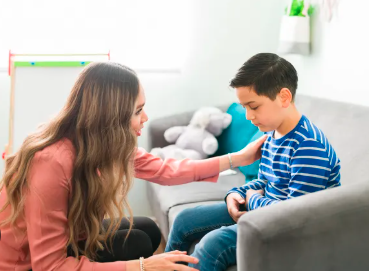Spine pain is a widespread condition that impacts daily activities and overall quality of life. Beyond injuries, many spinal conditions develop gradually over time due to degenerative changes, structural irregularities, or other underlying issues. Understanding these non-injury-related causes is a key step in navigating your symptoms and seeking appropriate care. Here is more information about what can cause spine pain:
Spinal Stenosis
Spinal stenosis is a condition characterized by the narrowing of the spinal canal. This narrowing puts pressure on the spinal cord and the nerves that travel through the spine. While some people are born with a small spinal canal, most cases of spinal stenosis occur due to age-related changes. The ligaments of the spine may thicken over time, and bone spurs may grow on the vertebrae, both of which reduce the available space for the nerves.
Abnormal Curvature
The spine has natural curves that help it absorb shock and maintain balance, but sometimes these curves become exaggerated or misaligned. Conditions like scoliosis describe abnormal curvatures of the spine. Scoliosis involves a sideways S- or C-shaped curve.
These conditions may develop during childhood or adolescence, or they might appear in adulthood due to degenerative changes like arthritis or osteoporosis. While mild curves typically do not cause any issues, more severe curvatures alter the body’s alignment and weight distribution. This imbalance forces muscles, ligaments, and joints to work harder. It can lead to muscle fatigue, stiffness, and spine pain if left untreated.
Damaged Discs
Between each vertebra in your spine are soft, rubbery cushions called intervertebral discs. These discs act as shock absorbers and allow for flexible movement. Over time, these discs experience wear and tear, a process known as disc degeneration.
As discs age, they lose water content, become flatter, and grow less flexible. This may reduce their ability to cushion the spine. This degeneration might lead to other problems. A disc’s tough outer layer may develop tears, allowing the soft, gel-like center to push through, resulting in a herniated or bulging disc.
This protruding material may press on nearby nerves, causing pain, numbness, or weakness that radiates into the limbs. Degenerated discs themselves are a source of chronic back pain, even without nerve compression. Treatment options for disc degeneration range from physical therapy and lifestyle modifications to more advanced interventions like injections or surgery, depending on the severity of the condition.
Spinal Instability
Spinal instability occurs when one vertebra slips forward over the vertebra below it. This slippage might result from a congenital disability, a stress fracture in the bone, or degenerative changes in the discs and facet joints that normally hold the vertebrae in place. As the spine’s alignment is compromised, the misplaced vertebra may narrow the spinal canal or compress nerve roots.
The condition affects the lower back and might cause persistent low back pain, muscle stiffness, and sciatica-like pain that travels down the legs. The pain may be worse with activity, especially when bending backward. In some cases, the slippage is minor and causes few symptoms, but in others, it progresses and creates significant discomfort and functional limitations.
Get Treated for Spine Pain
Understanding that spine pain is not always from an injury is the first step toward finding a solution. Many non-traumatic conditions may cause significant discomfort and require a precise diagnosis to manage effectively. If you are experiencing persistent back or neck pain, it is beneficial to get an evaluation from a qualified professional. Contact us today to schedule an appointment and learn more about your treatment options.








